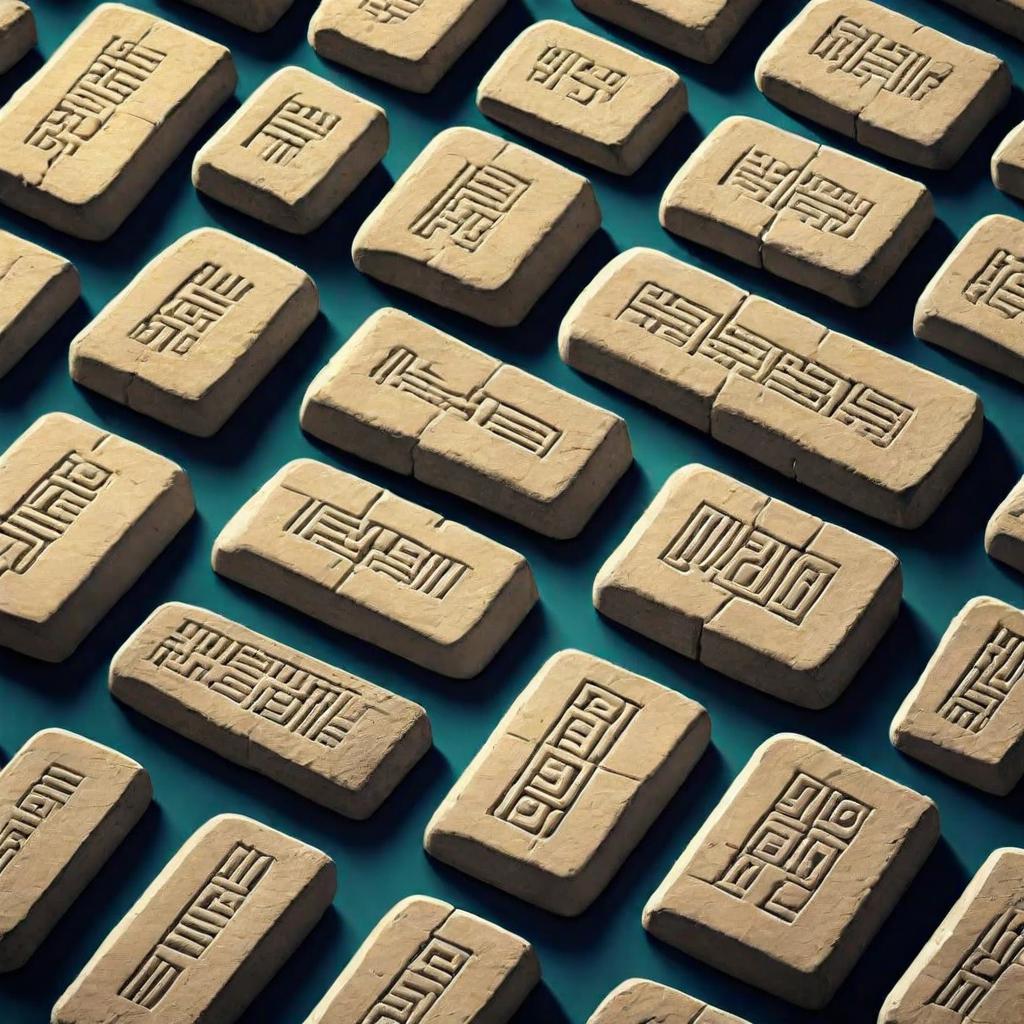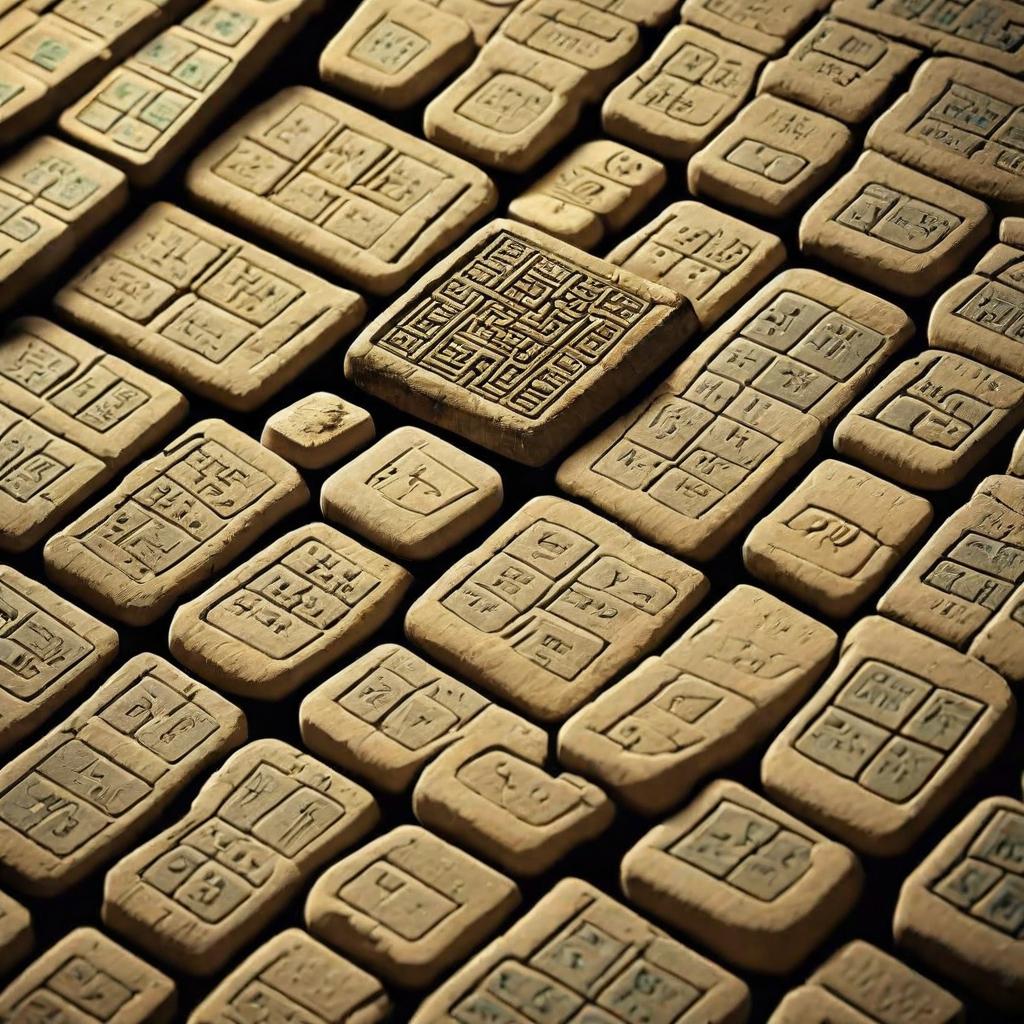
In ancient times, the original records were often written in stone, and three copies were made. Each witness made exact copies of this record, documenting all details in their own notebooks. These copies were replicated precisely, without human errors, ensuring that they were true duplicates of the original stone record. This method ensured accuracy and reliability in record-keeping, much like the decentralized verification process used in blockchain today. However, time has changed, and so have the methods employed by people. Today, instead of stone and paper, digital blockchain technology ensures that every transaction or piece of data is recorded identically across multiple nodes, allowing for reliable verification without a central authority when a third party has a question and requires confirmation of the details.

You may have seen those videos and images where the tablets were written in stone.. Yep. In stone. Well these were the original node. Once the concrete or stone harden, it was then dipped into ink and pressed into another material. You may say how did they get it to mirror the original, well we have RTL and LTR type text, which mean that we can now see the RTL was created to reverse the original .
Hence we see the molds for the minting process was crafted from the blockchain concept